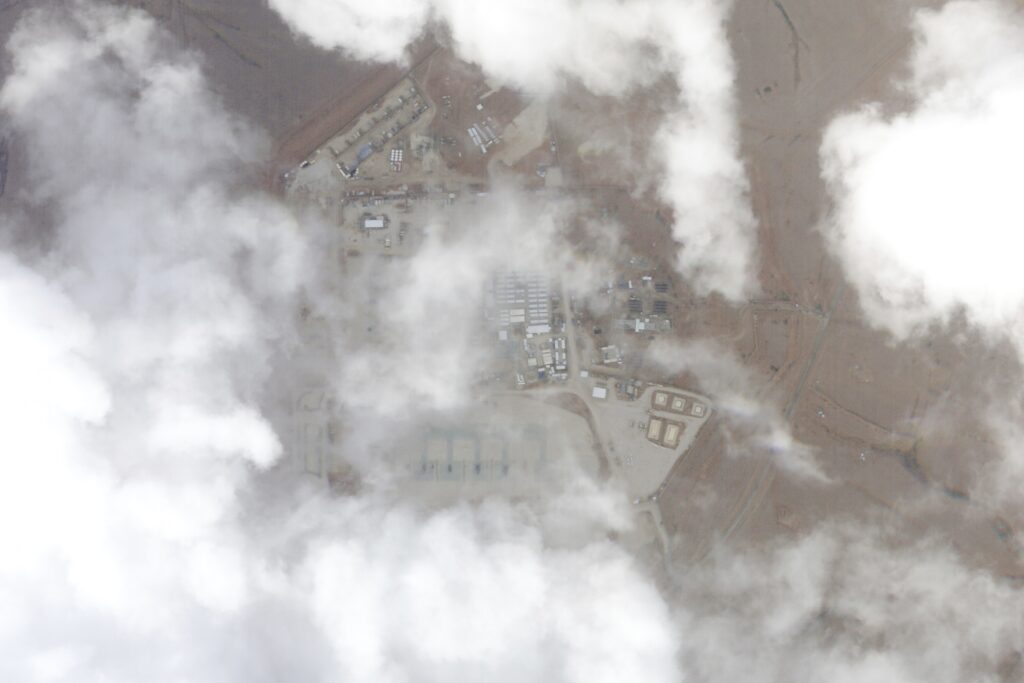The recent drone strike against U.S. forces in Jordan has posed the question of why American forces are in the Middle Eastern country and just how many troops are stationed there.
The Iraqi militia drone strike killed three U.S. service members and injured at least 40 others on Sunday after it targeted a lesser-known Army base called Tower 22.
Here is what we know about the U.S. forces stationed in Jordan.

What are US forces doing in Jordan?
There are multiple reasons for the U.S. deploying troops to Jordan, which borders Syria and Iraq. But one of the main reasons that U.S. forces are in the Middle Eastern country is to help the Jordanian Defense Network repel the Islamic State.
There are 350 U.S. Army and Air Force personnel deployed to the base “conducting a number of key support functions,” according to the U.S. Central Command. However, there are approximately 3,000 troops stationed in Jordan in total. There are also 2,500 troops in Iraq, who are there at the invitation of the country’s government to help defend it against ISIS, and 900 in Syria, according to the BBC. There are still members of ISIS believed to be in Iraq.
The U.S. has also largely used Jordan as a basing area for the Middle East, given its proximity to U.S. allies or adversaries in the region, including Israel, Iran, and Saudi Arabia.
What is Tower 22?
Tower 22 is a U.S. military base and outpost in northeastern Jordan located near the country’s border with Syria and Iraq. It is also not far from another military site, the al Tanf garrison, which is located in Syria.
The base’s location offers the U.S. a site for forces to quietly infiltrate and then leave Syria, according to Politico. U.S. forces have been stationed at the outpost since 2015 after American troops moved into Syria.
Tower 22 is close enough to the al Tanf garrison that U.S. troops could offer it additional support if necessary, and the base allows U.S. forces to keep an eye on any remnants of Islamic State militants in the region.
How will the US respond?
President Joe Biden and Defense Secretary Lloyd Austin have promised to respond to the Tower 22 attack, but details on what the counterattack would look like have been scarce. There are two clear options: The first is to hit militant bases and commanders allied with Iran, and the second is to hold off on any drastic retaliation out of concern that it could escalate tensions in the Middle East.
CLICK HERE TO READ MORE FROM THE WASHINGTON EXAMINER
Current and former defense leaders are urging the president to take more “decisive” action against Iran, including by conducting a five-seven-day “campaign plan” that would see U.S. forces firing continuous strikes at proxy targets in Syria and Yemen. However, deputy Pentagon spokeswoman Sabrina Singh has maintained that the U.S. does not want to go to war with Iran.
This weekend’s attack was just one of roughly 160 other attacks against U.S. forces in the region. Nearly 100 of those attacks occurred in Syria, 66 occurred in Iraq, and Sunday’s strike was the first one in Jordan.
